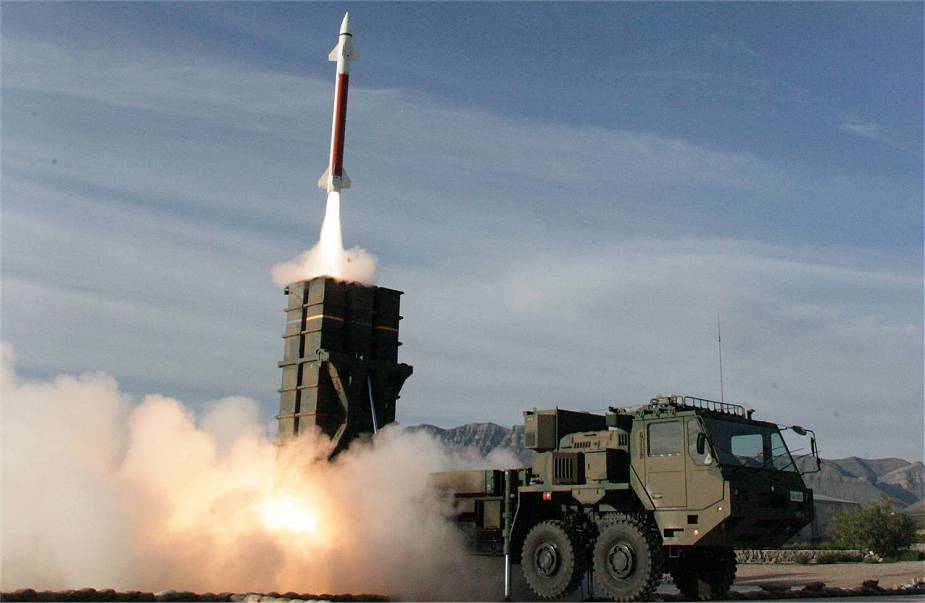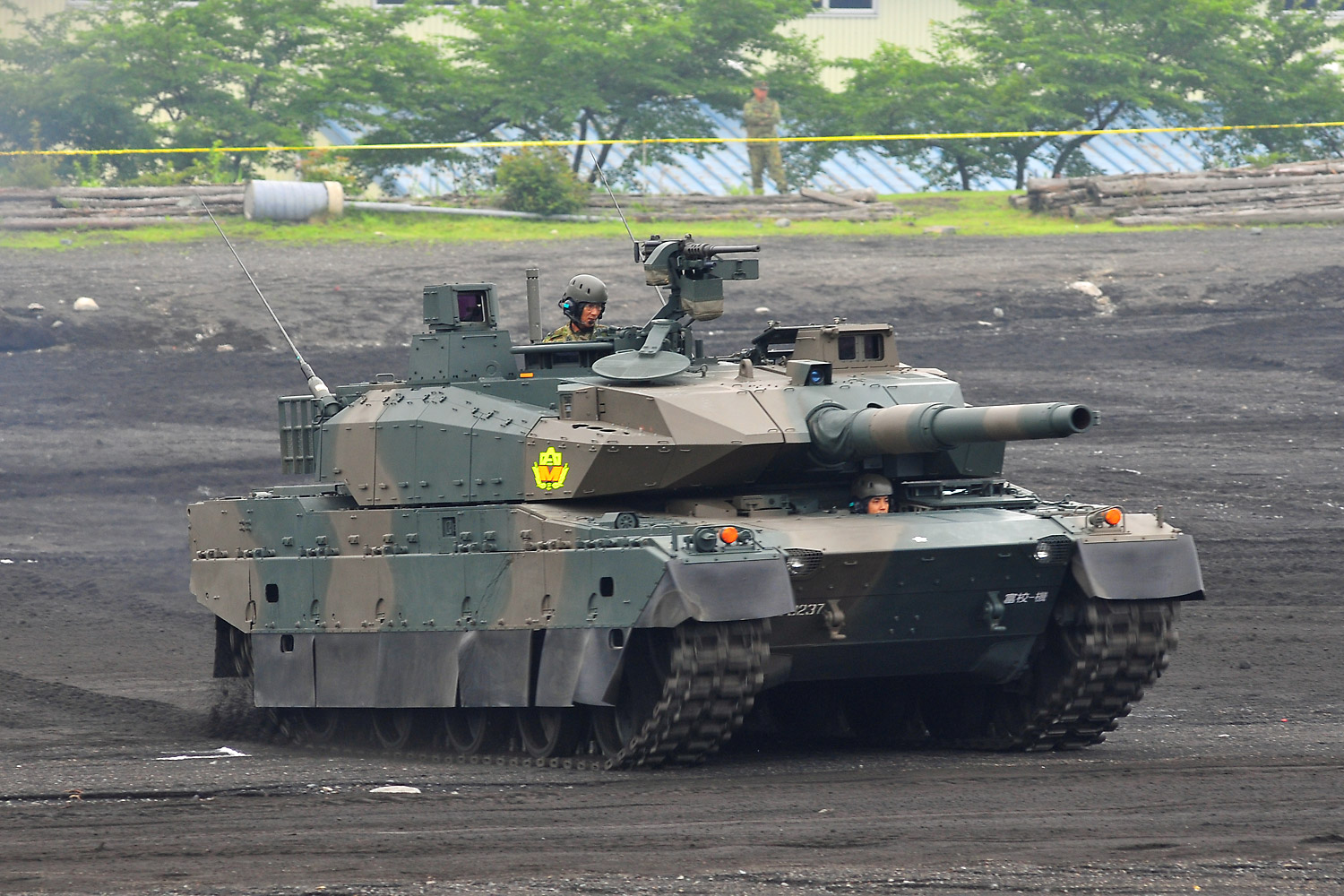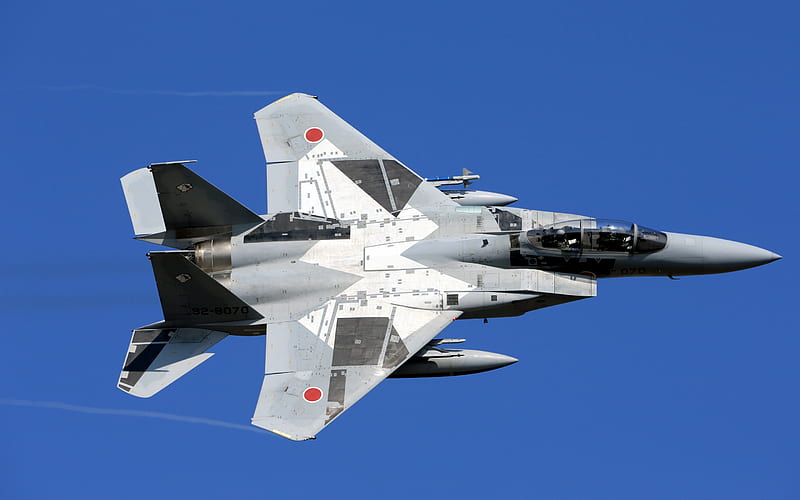‘Breakthrough’ Japan Strategy Eyes China Threat, Drives Huge Defense Changes
The signs of Japan’s decision to field a more capable military with long-range capabilities are hard to miss. It recently announced extraordinary plans to develop a long-range next-generation fighter jet with Italy and Britain. In addition, leaked reports say it plans to buy up to 500 Tomahawk cruise missiles from the United States and will field an extended-range version of its Type-12 surface-to-ship guided missiles, all part of a Japanese effort to present a “counterstrike” capability to deter threats,
(DEFENCE SECURITY ASIA) — Faced with an increasingly militant and militarily capable China, Japan has made the decision to effectively double its defense spending, deploy an aircraft carrier for the first time since World War II, buy hundreds of long-range cruise missiles and field other weapons that seem to mark a fundamental transition from a strictly defensive military to one that can effectively deter and defeat threats.
“Fundamentally strengthening our defence capabilities is the most urgent challenge in this severe security environment,” Prime Minister Fumio Kishida said Dec. 10, in a speech ahead of the planned release of a trio of new strategies laying out the sweeping changes to Japan’s post-1945 military posture.
“We will urgently ramp up our defense capabilities over the next five years,” including doubling the country’s defense spending, he said.
All this is contained in three documents approved late Friday, including the first National Security Strategy since 2013, as well as a defense strategy and Japan’s first 10-year defense budget plan. Per the BBC Kishida told reporters that Japan will hit 2 percent of GDP spending on defense by 2027 — a five-year buildup of 43 trillion yen ($314 billion).
“This appears to be a breakthrough moment, placing China more explicitly and centrally in the rationale for an unprecedented military expansion of post-war Japan,” John Blaxland, a professor at Australian National University’s Strategic and Defense Studies Center, said in an email.

The signs of Japan’s decision to field a more capable military with long-range capabilities are hard to miss. It recently announced extraordinary plans to develop a long-range next-generation fighter jet with Italy and Britain. In addition, leaked reports say it plans to buy up to 500 Tomahawk cruise missiles from the United States and will field an extended-range version of its Type-12 surface-to-ship guided missiles, all part of a Japanese effort to present a “counterstrike” capability to deter threats,
“Militarily, these additional acquisitions will give Japan offensive capabilities that evidently are meant to enable Japan to stand toe-to-toe with PLA counterparts, to dissuade or deter PRC adventurism in and around its territory,” Blaxland wrote.
The United States, which has urged Japan and Australia to do more in the Pacific to help counter China’s rising influence, was clearly pleased with the Japanese strategies.
“Today, Japan has taken a bold and historic step to strengthen and defend the free and open Indo-Pacific with the adoption of its new National Security Strategy, National Defense Strategy and Defense Buildup Program,” US National Security Advisor Jake Sullivan said in a statement released early morning DC time. “Japan’s goal to significantly increase defense investments will also strengthen and modernize the U.S.-Japan Alliance.”
More money and a more explicit threat aren’t the only new thrusts in the strategy. NikkeiAsia has reported that all three branches of the Japanese Self-Defense Forces will be brought under a single command within five years. Having a military without a central command was long seen as a roadblock keeping Japan on a defensive posture.
On top of that, Nikkei Asia reported Friday afternoon local time that the US-Japan relationship will be tightened with the creation of a “Permanent Joint Command” between the two countries. Japan has long depended on the US to provide long-range counterstrike capabilities and using the Tomahawks and other assets will require command and control capabilities that Japan does not currently possess, especially military satellites.
But Blaxland believes the new strategy also demonstrates Japanese unease with the eminence of the United States.
“The significance and prominence given to other security partners like Australia points to a greater unease over American resolve and relative strength in the face of an almost exponential expansion of PLA weapons systems and platforms” he said.

Dramatic Change, Driven By China
The National Security Strategy will be revised to add Russia as a potential threat alongside North Korea and China. And it identifies the Peoples Republic of China as Japan’s “biggest strategic challenge,” according to several news reports.
The ruling Liberal Democratic Party reportedly wanted to clearly and unambiguously identify China publicly as Japan’s primary military threat, but it was pressured by the Komeito, a Buddhist-influenced party that works in coalition with the LDP. They “pressed the LDP to back off on identifying China as the main threat,” said Bryce Wakefield, executive director of the Australian Institute of International Affairs and an expert here on Japanese politics and security. (Of note, the Japanese foreign minister is due to visit China later this month, according to NHK public television.)
However, Wakefield warned that the doubling in Japan’s defense spending “may well be cosmetic.” Various national security functions, such as the Coast Guard and related functions are likely to be pushed into the defense budget, artificially inflating the numbers. Better pay and benefits for troops are also a likely area for increased spending, he said.
NHK reported Friday that lawmakers would meet this afternoon to consider the National Security and Defense strategies. NHK said they would “outline a new policy that would give Japan the ability to launch counterstrikes — only under specific circumstances.
“They would be limited to self-defense and would never be preemptive. The counterstrike could only be directed against military targets and use the minimum force necessary to neutralize the threat.”
One of the key factors, in addition to North Korea’s ICBM launches — one of which has passed over Japan this year — driving Japan’s decisions to beef up its military is China’s repeated threats of an eventual invasion of Taiwan, an island all too close to Japanese islands that China also claims.
That was first made clear in the White Paper published in July last year, when Japan declared a “sense of crisis” existed, one that elicited “grave concern” among Japanese defense experts and the government.
As part of their response, Japan first considered building 20,000-ton missile defense ships, which would have been the largest ships since the legendary Yamato of World War II. Recently, that appears to have changed to building two Aegis BMD ships.
In a blog posted on the RAND corporation’s website, Japan defense expert Jeffrey Hornung said Japan will find it difficult to man two more ships.
“Because the MSDF struggles to achieve current manpower goals, it is unclear how they will be able to find personnel to man two new ships. Understanding what the chosen option is could therefore provide clarity on Japan’s BMD network. There are also questions on when the government aims to commission these and make them operational,” Hormung wrote.

Japan, whose previous military plans were largely aimed at managing a conflict with Russia and the former Soviet Union, has put most of its munitions on one island and has reportedly managed pretty small stockpiles of them. And if the war in Ukraine has taught the world anything, it’s that munition stockpiles can disappear very quickly in a conflict.
“If Japan is increasing its munition stocks,” Hormung wrote, “including a new counter-strike capability, resources will also be needed to build new depots or upgrade older ones. Relying on U.S. depots is not a sustainable long-term option as the United States is also building up its munitions and will need a place to store them. Critically, Japan’s depots may also need to be better situated near the site where launchers are deployed, something that plagues the SDF in some prefectures.”
China’s reaction to all this? They have repeated decades of accusations of Japanese militarism and condemned efforts by Japan to bolster its military.
The official Global Times newspaper, always ready to critique the actions of China’s neighbors, said in an editorial two days before the expected release of the Japanese strategies, that “Japan is creating a crazy vicious circle” by reacting to China’s actions.

CLICK HERE TO DOWNLOAD DEFENCE SECURITY ASIA APPS
“It is not difficult to find that the Japanese authorities are increasingly inclined to treat China as a ‘threat’ in actual actions. This is also the most important reason why Japan’s radical and irrational behavior has begun to increase significantly in the past two years. If you treat China as a ‘threat,’ you actually become a ‘threat’ to China, and in turn China will really become a ‘threat’ to you,” it wrote.
Wakefield rejects the Chinese claims. “The Chinese have been saying that Japanese remilitarization is a problem for 70 years. We know that the Japanese have been reasonable about moderate militarization,” he said in an interview. “It’s a country whose leaders want nothing more than stability in the region.”
But what of counterstrike? “The missiles are there to provide a deterrent force,” he said, adding that this has been Japanese doctrine since the late 1950s — but without teeth attached to it. Once Japan buys and deploys the missiles it will have new capabilities to put meat on the bones of that doctrine. — Breaking Defense


Comments are closed.